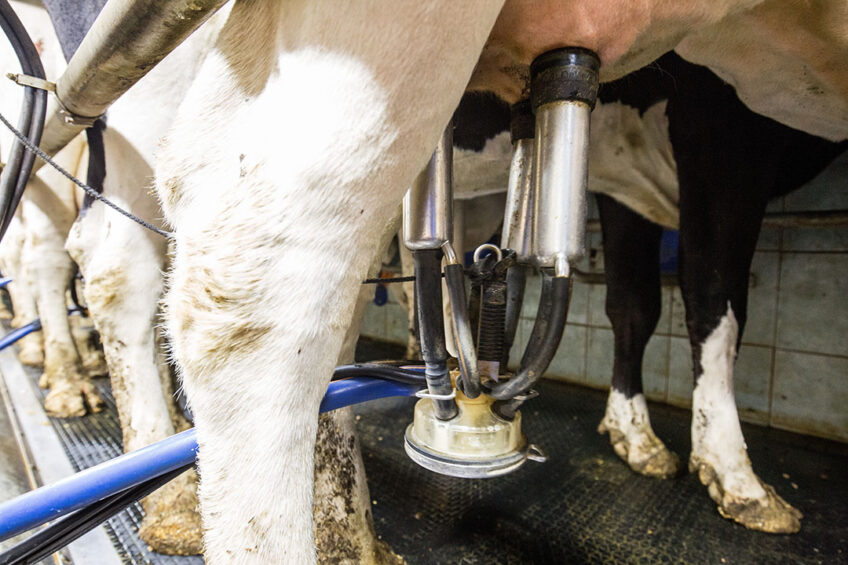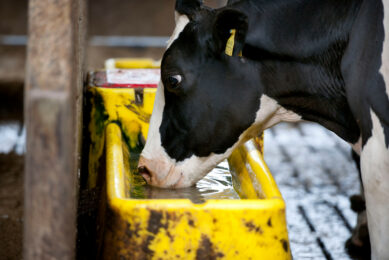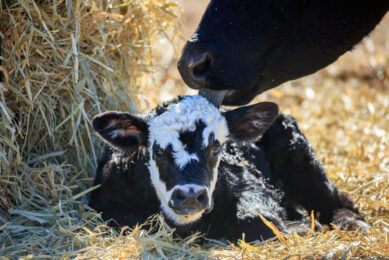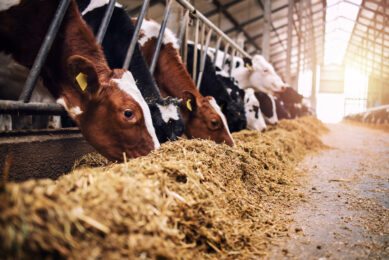Cow physiology leads to variation in milk yield

More than we realised, the milk yield of cows is influenced by internal, annual biological rhythms.
This is according to a new study by Penn State in the US. The researchers found that the amount and composition of milk produced by dairy cows appears to be more regulated by internal, annual biological rhythms than by environmental factors such as heat and humidity. The researchers studied the production records from herds across the country for more than a decade.

Know better what to expect from cows
Although researchers have long recognised an annual pattern of milk composition in dairy cattle – with higher milk fat and protein concentrations observed during the winter and lower levels occurring in the summer – the rhythms of milk yield and composition previously have not been well quantified. The findings of the research from Penn State are important because they better inform producers what to expect from their cows, according to Kevin Harvatine, associate professor of nutritional physiology, whose research group in the Penn State College of Agricultural Sciences conducted the study. He noted that being more precisely aware of their cows’ rhythms allows dairy farmers to better judge the effectiveness of management strategies.
Also read: Avoiding milk fat drop during heat stress
It is not all about seasonal changes
Until recently, dairy producers regarded milk production as governed by seasonal influences, lead researcher Isaac Salfer, doctoral student in animal science said. They thought that cows just reacted to their environment and conditions. “But our research is leading us to believe that cows have predictable changes in their physiology that leads to regular variation in milk production,” he said. “It is shifting the way we are thinking about the seasonal changes in milk production from being a response to the environment to actually being a physiological element of the cow.” Better quantification of the annual rhythms shows that fluctuations in milk yield and composition are mainly driven by photoperiod and not strictly by environmental conditions such as heat stress, Mr Salfer pointed out.
Source: ScienceDaily
Join 13,000+ subscribers
Subscribe to our newsletter to stay updated about all the need-to-know content in the dairy sector, two times a week.










